Gods that people don’t believe in anymore
In a world filled with stories of superheroes and legendary figures, it’s easy to overlook the fascinating deities of ancient civilizations. These forgotten gods and goddesses once held sway over vast empires, influencing everything from the weather to the fortunes of war.
Today, we embark on a journey to rediscover these intriguing beings and uncover the mysteries that surround them. Their tales are woven into the very fabric of human history, shaping cultures and beliefs across the globe.
Gods of Ancient Mesopotamia: Anu and Enlil
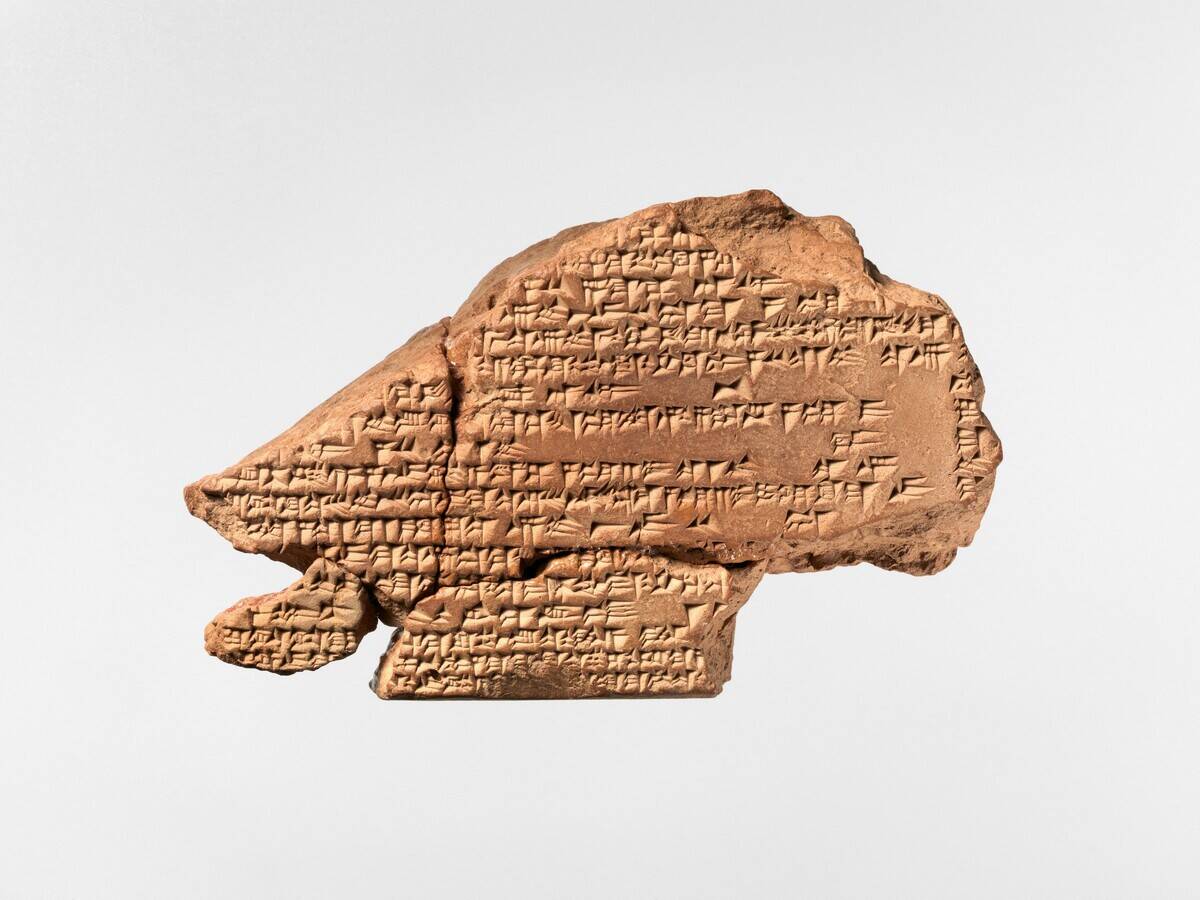
In the cradle of civilization, the gods Anu and Enlil reigned supreme. Anu, the sky god, was the father of the gods and represented the vast heavens above. His son, Enlil, held dominion over the earth and was associated with storms and agriculture.
These deities were central to Mesopotamian religion, with temples dedicated to them in cities like Uruk and Nippur. Their influence was so profound that traces of their worship can still be found in later cultures of the region.
Egyptian Deities: The Rise and Fall of Ra
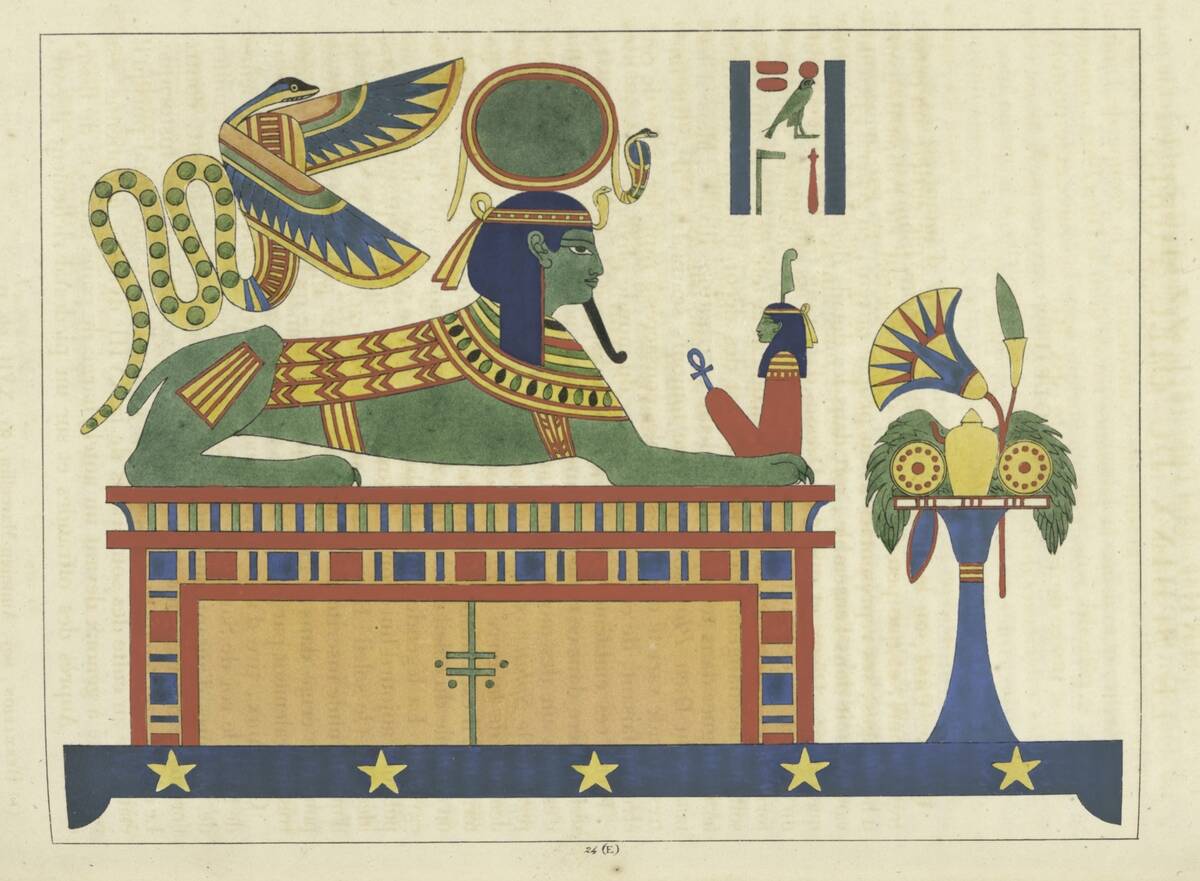
Ra, the sun god, was at the heart of ancient Egyptian religion, representing creation and life. Every dawn, Ra sailed across the sky, battling the forces of chaos to ensure the sun’s safe passage.
Over time, Ra’s prominence waned, and he was gradually absorbed into other deities like Amun-Ra. Despite this decline, Ra’s legacy endures in the countless sun symbols and artifacts left behind, offering a glimpse into the spiritual life of ancient Egypt.
Olympus’s Lesser-Known Residents: Hestia and Hephaestus
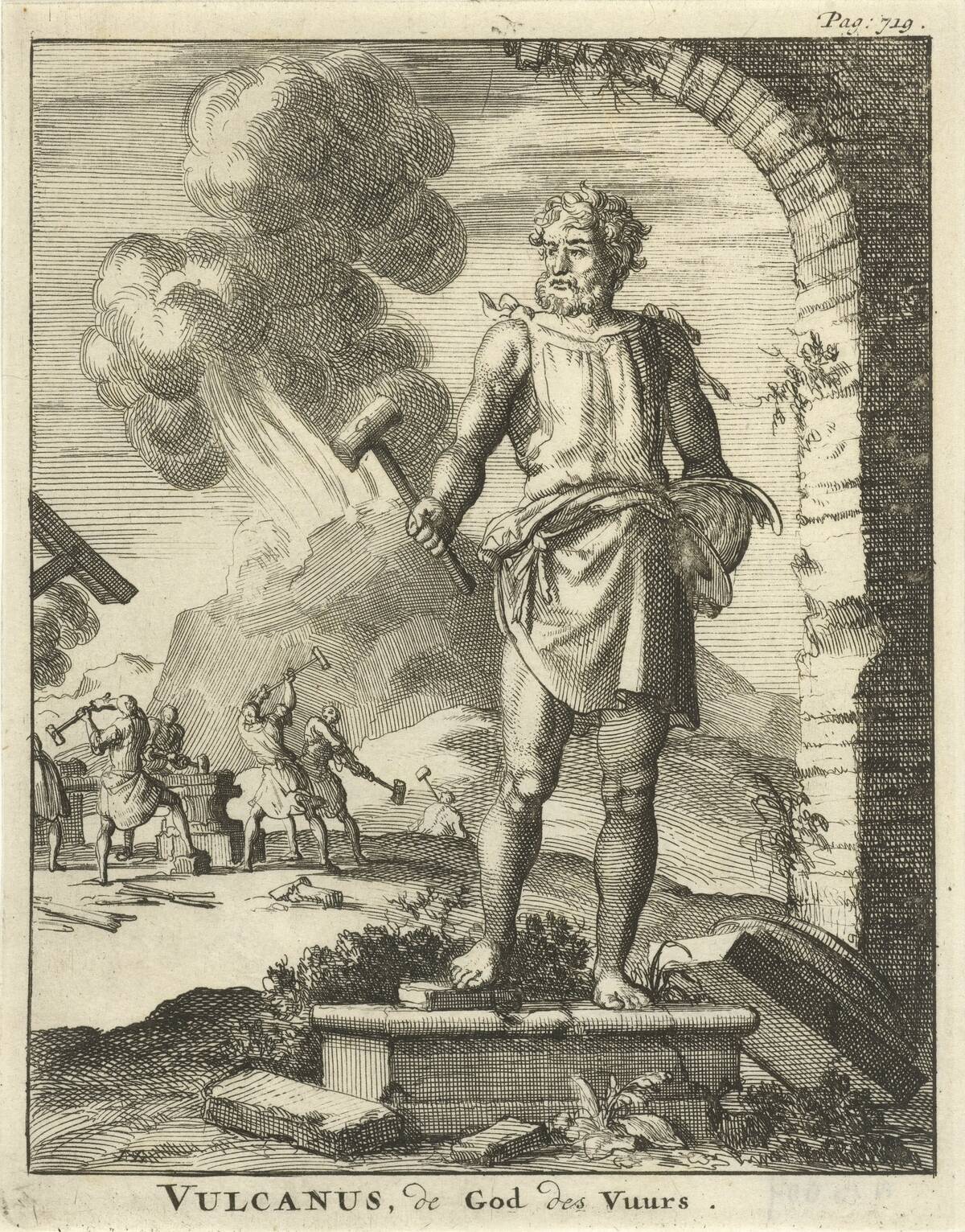
While Zeus and Hera often steal the limelight, Hestia and Hephaestus were equally important to the Greek pantheon. Hestia, goddess of the hearth, embodied domesticity and family unity.
Meanwhile, Hephaestus, the god of blacksmiths and fire, was revered for his craftsmanship and ingenuity. Despite their lesser-known status, these deities played crucial roles in everyday Greek life, symbolizing the balance between home and industry that was vital to the ancient world.
The Norse Divinities: Forseti and Hodr
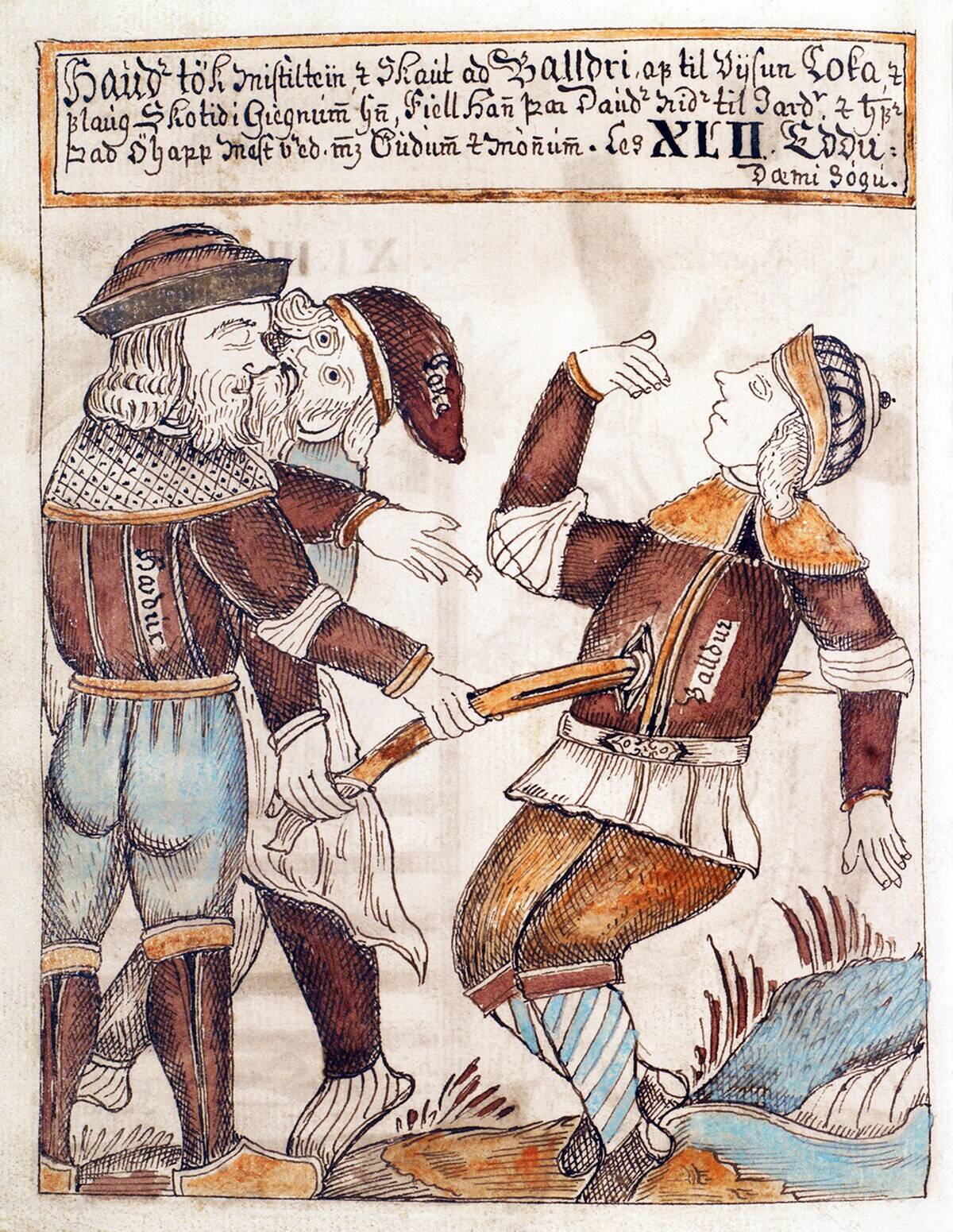
In the realm of Norse mythology, Forseti and Hodr are often overshadowed by their more famous kin. Forseti, the god of justice, was known for his wisdom and fair judgments, residing in the radiant hall of Glitnir.
Hodr, on the other hand, is remembered for his tragic involvement in the death of Balder. These deities illustrate the complex tapestry of Norse beliefs, where fate and justice interweave in the fabric of myth.
The Celestial Rulers of the Aztec Empire: Huitzilopochtli
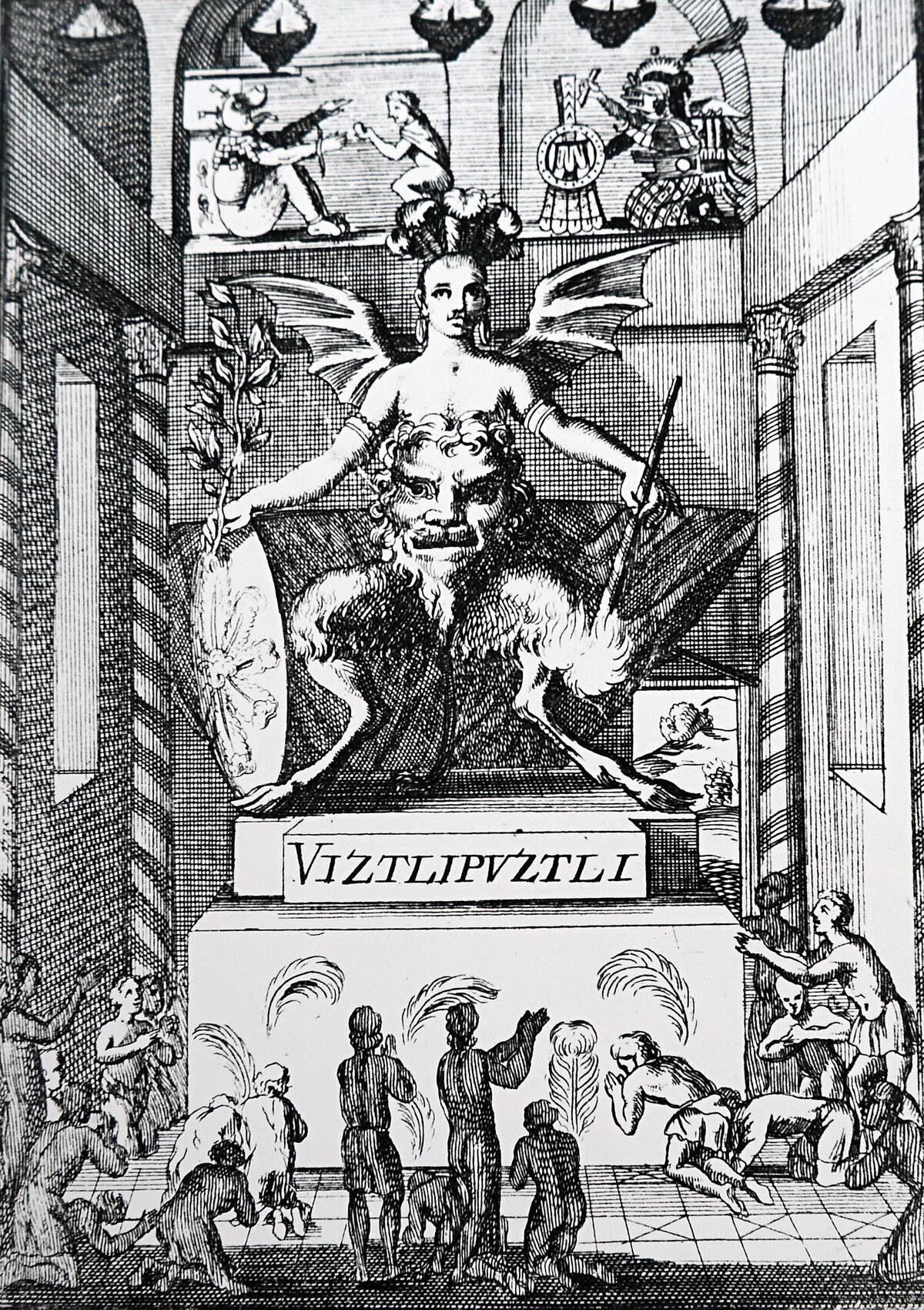
Huitzilopochtli, the Aztec god of war and the sun, was central to the empire’s religious practices. As the patron deity of Tenochtitlan, he guided the Aztecs to victory and prosperity.
His worship involved elaborate ceremonies and sacrifices, believed to ensure the sun’s journey across the sky. The Aztecs’ devotion to Huitzilopochtli underscores the importance of celestial events and warfare in their society.
Incan Mythology: The Sun God Inti
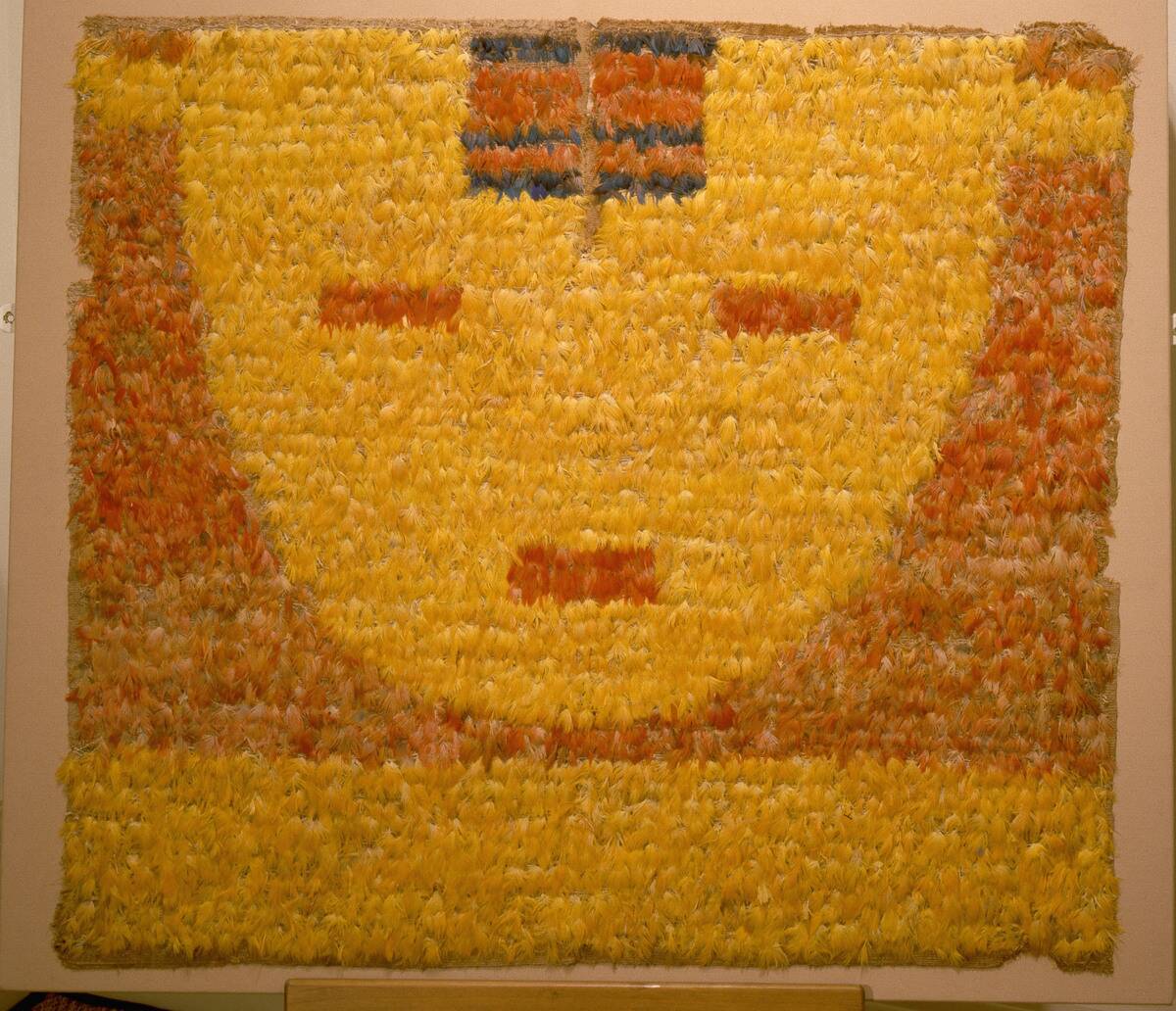
Inti, the sun god, was revered as the divine ancestor of the Inca emperors, linking them directly to the heavens. The Inca built grand temples like the Coricancha in Cusco to honor Inti, reflecting the god’s significance in agriculture and governance.
Festivals such as Inti Raymi celebrated his power, highlighting the Inca’s reliance on solar cycles for their agricultural success.
Forgotten Spirits of the Celtic Pantheon: Epona and Nodens
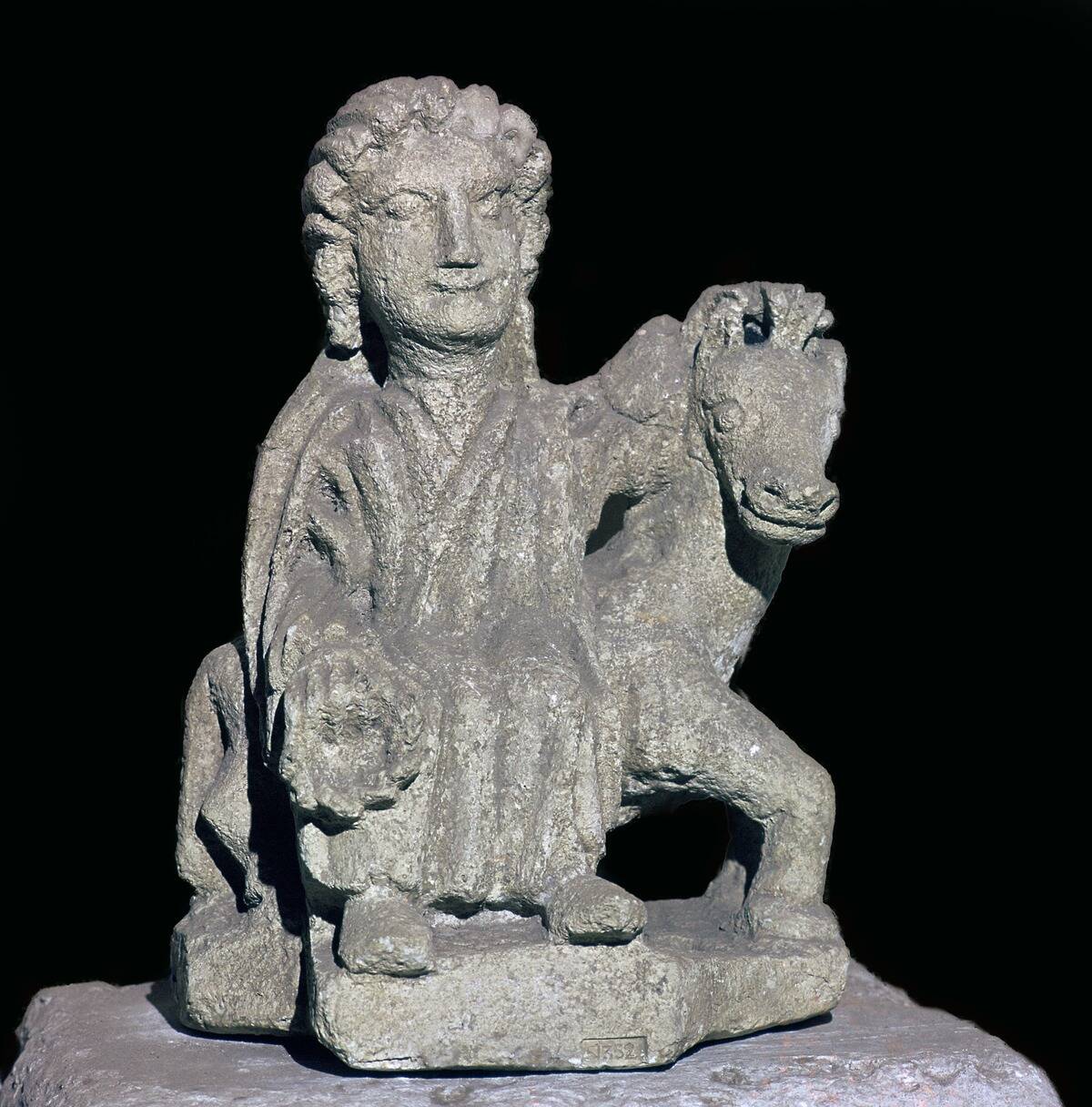
In the rich tapestry of Celtic mythology, Epona and Nodens stand as intriguing figures. Epona, the goddess of horses, was venerated across the Celtic world, symbolizing fertility and protection.
Nodens, a god of healing and the sea, was worshipped at sites like Lydney Park. These deities reveal the Celts’ deep connection to nature and the spiritual significance they placed on everyday aspects of life.
Slavic Deities: Perun and Veles
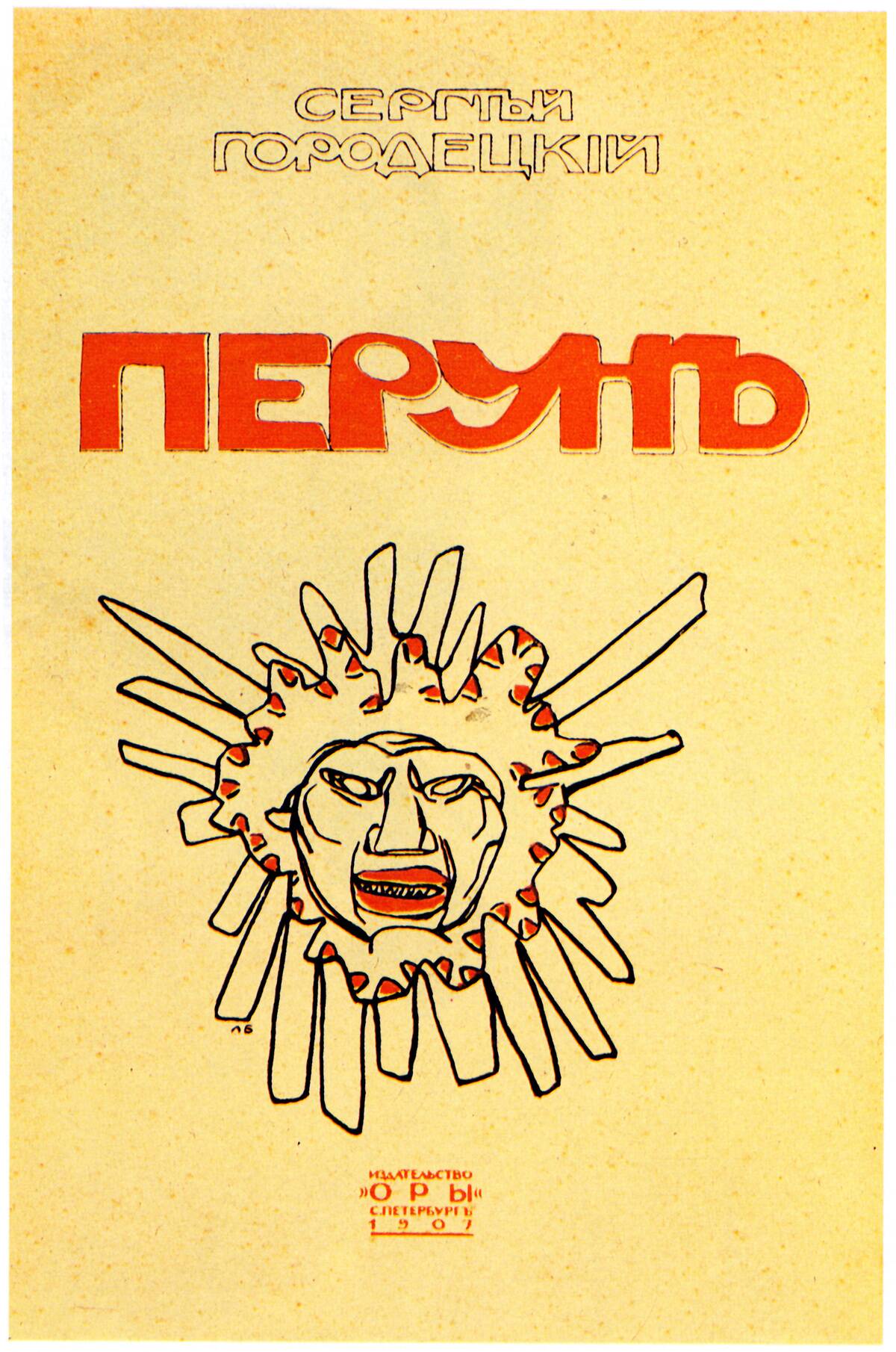
In Slavic mythology, the rivalry between Perun and Veles is a tale of cosmic balance. Perun, the thunder god, embodies order and authority, while Veles, the god of the underworld, represents chaos and earth.
Their eternal struggle illustrates the duality inherent in the natural world. This dynamic reflects the Slavic people’s understanding of life’s unpredictable nature and their reverence for the balance between opposing forces.
The Mesoamerican Mystique: Quetzalcoatl
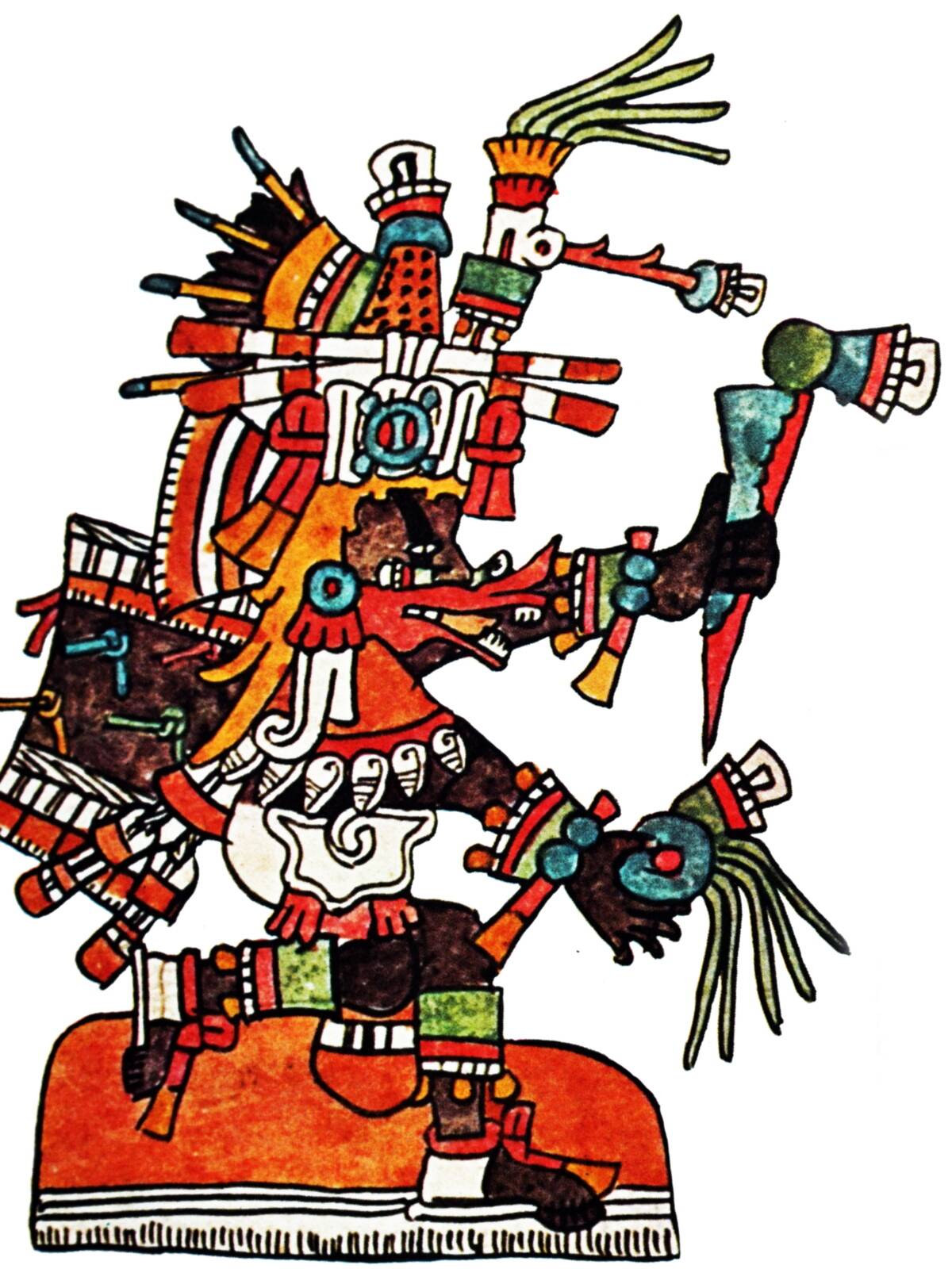
Quetzalcoatl, the feathered serpent, is one of Mesoamerica’s most enigmatic deities. Revered by the Aztecs and earlier civilizations, he embodies the union of earth and sky.
As a god of wind and knowledge, Quetzalcoatl was associated with creation and cultural advancement. His legacy is evident in the art and architecture left behind, illustrating the profound impact of his mythos on Mesoamerican culture.
African Mythologies: Anansi and His Web of Stories
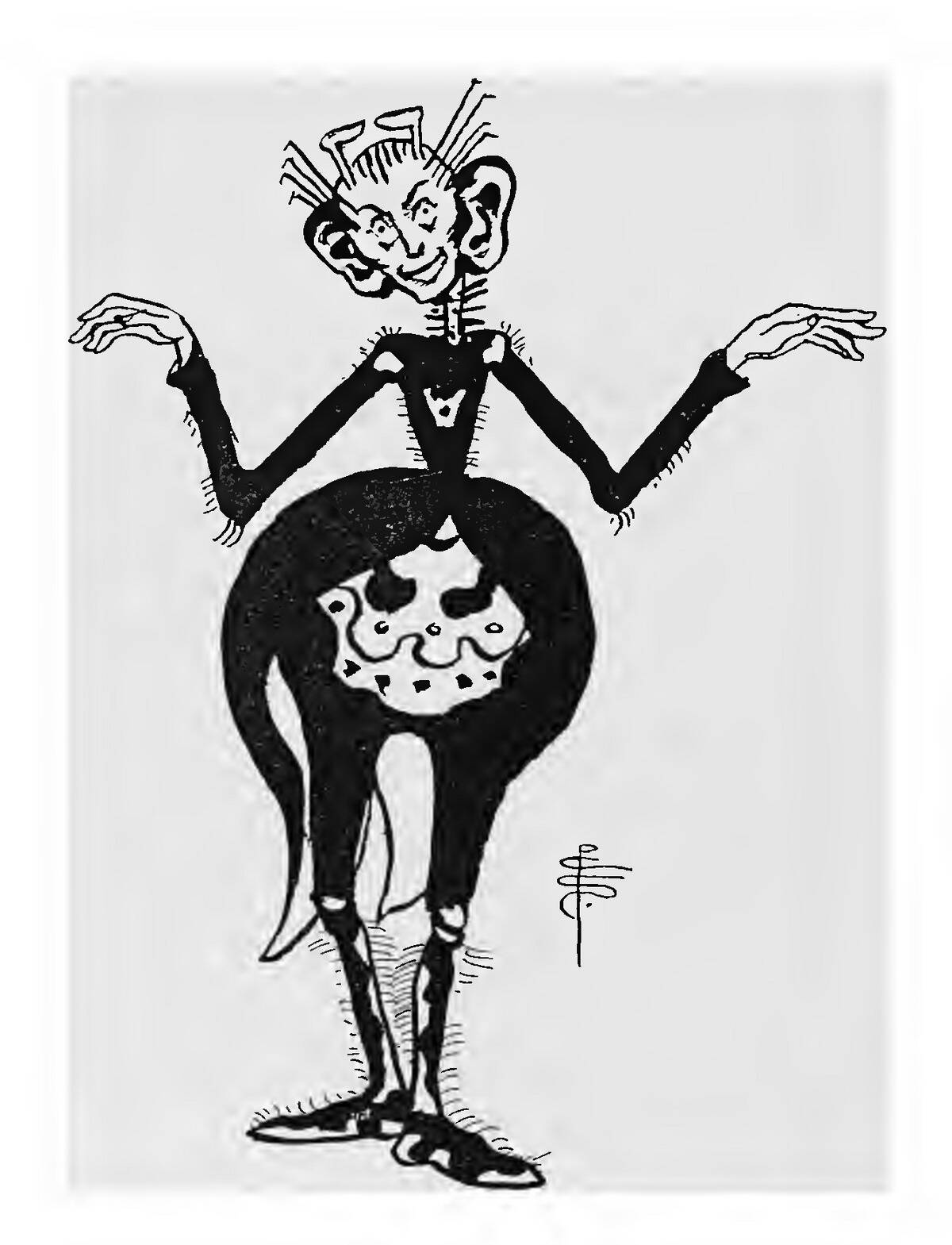
Anansi, the trickster spider, weaves his way through African folklore with cunning and wit. Originating from the Akan people of Ghana, Anansi’s tales have spread across the Atlantic, becoming integral to Caribbean and Southern U.S. folklore.
His stories often convey moral lessons and offer insights into human nature, demonstrating the power of storytelling in preserving cultural heritage.
Polynesian Gods: Tangaroa and Rongo
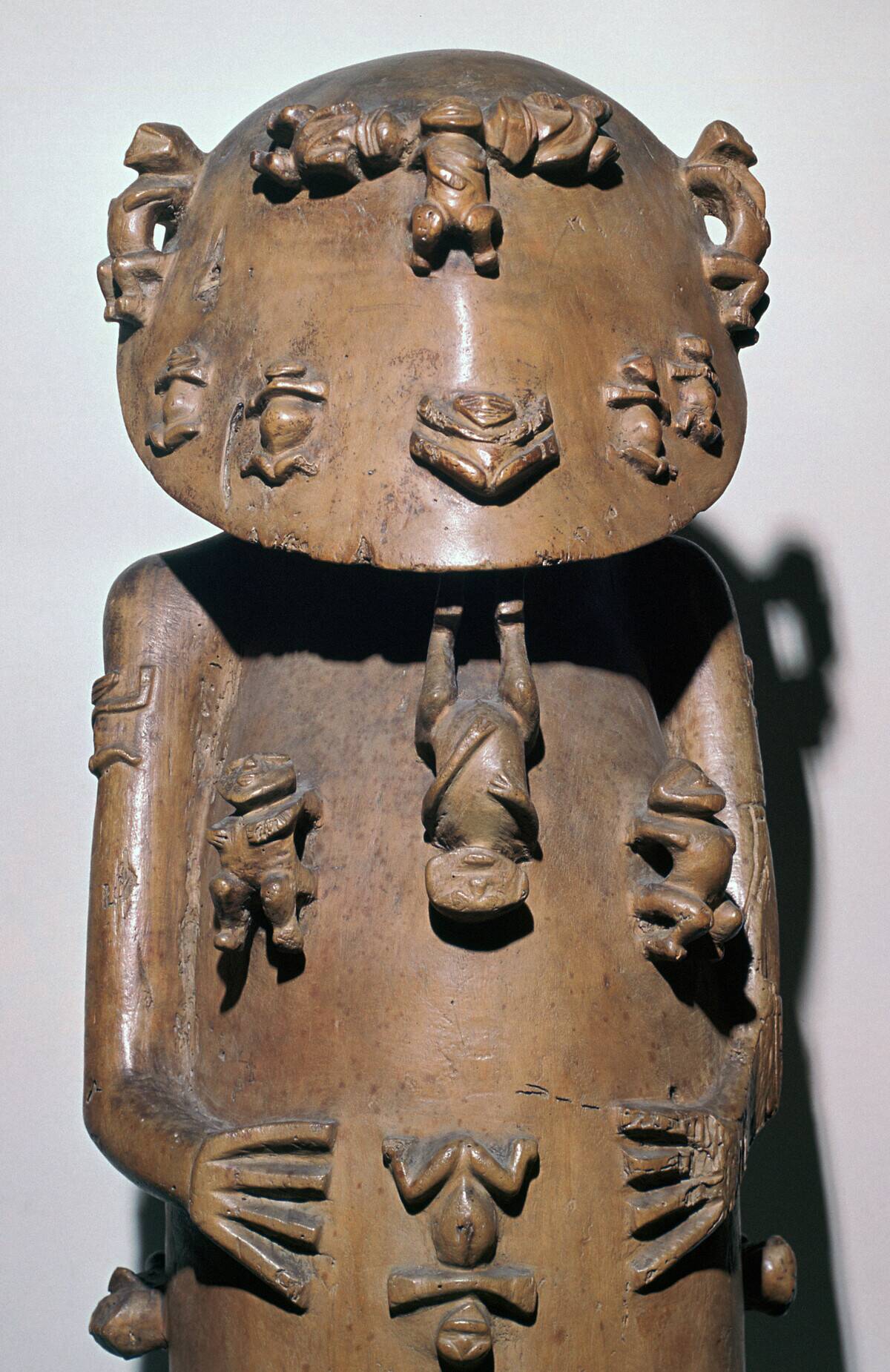
In Polynesian mythology, Tangaroa and Rongo are vital deities representing the sea and agriculture. Tangaroa, the ocean god, commands the vast waters and marine life, while Rongo oversees fertility and crops.
Their worship reflects the Polynesians’ reliance on the sea for sustenance and the land for food. These deities underscore the interconnectedness of nature and the spiritual world in Polynesian belief systems.



